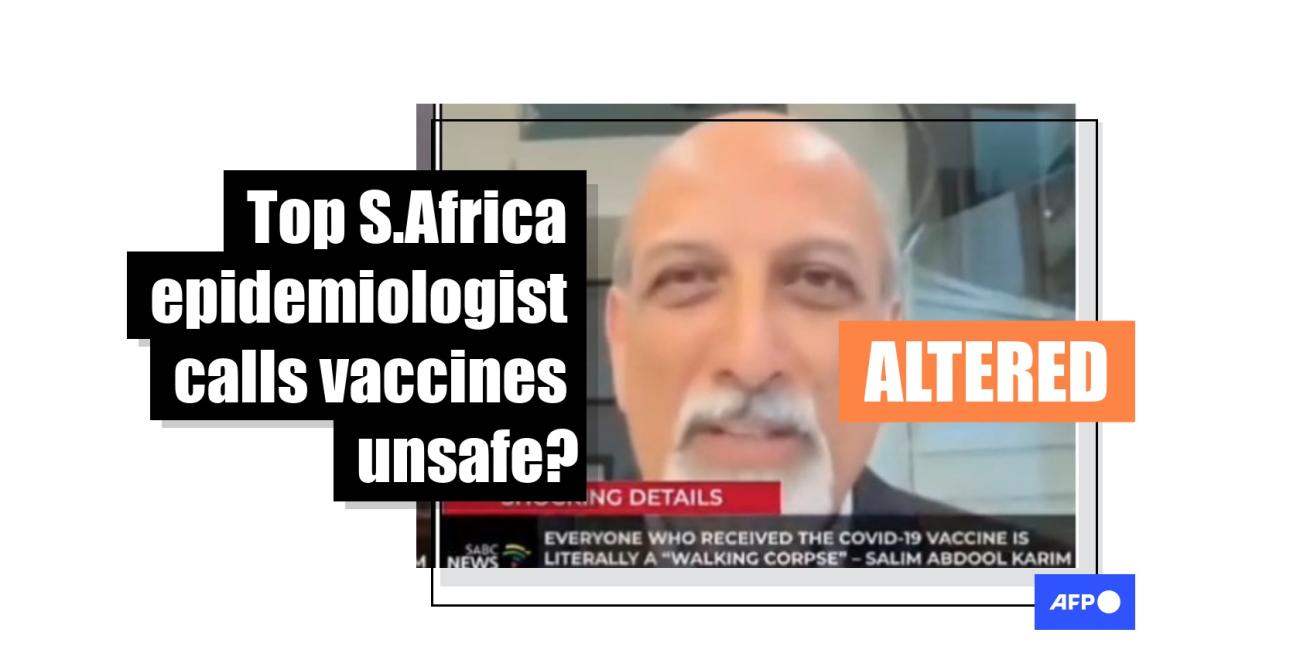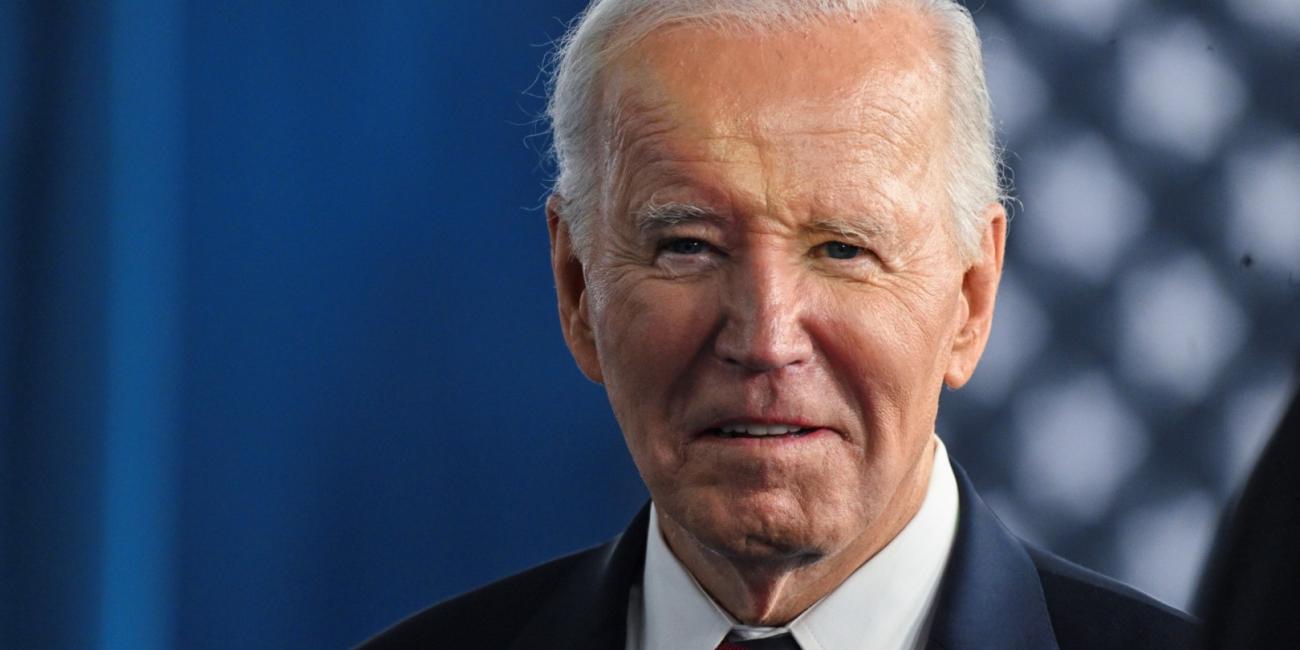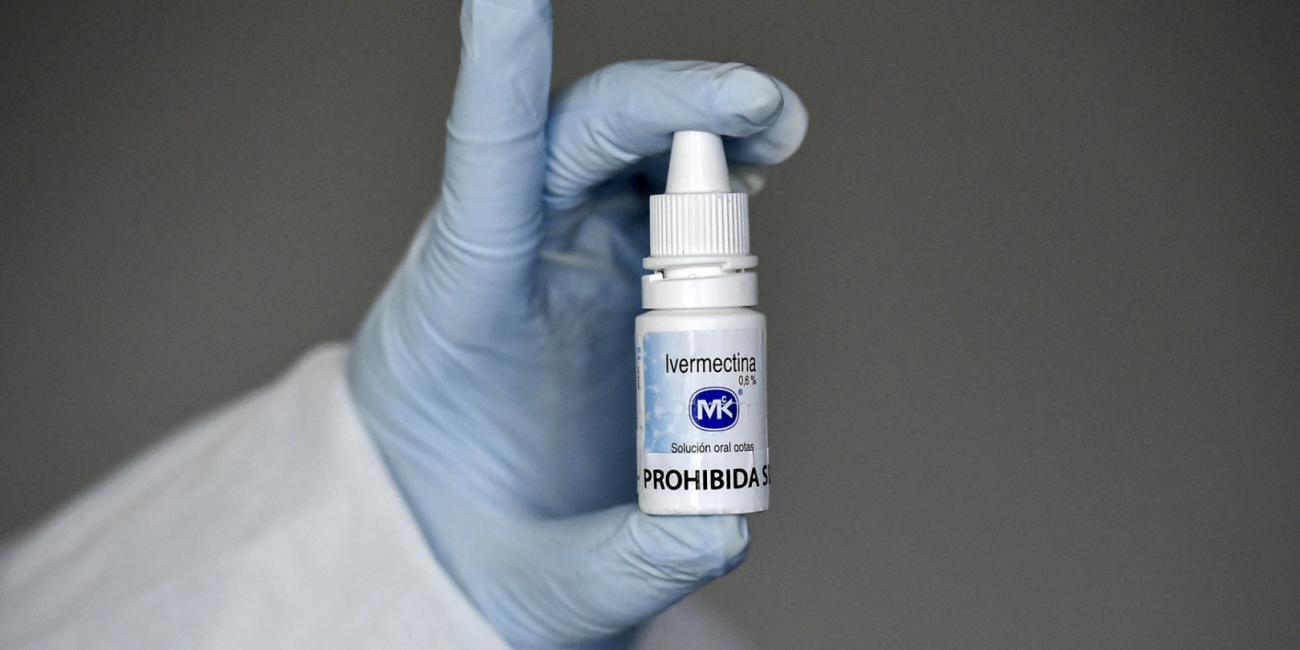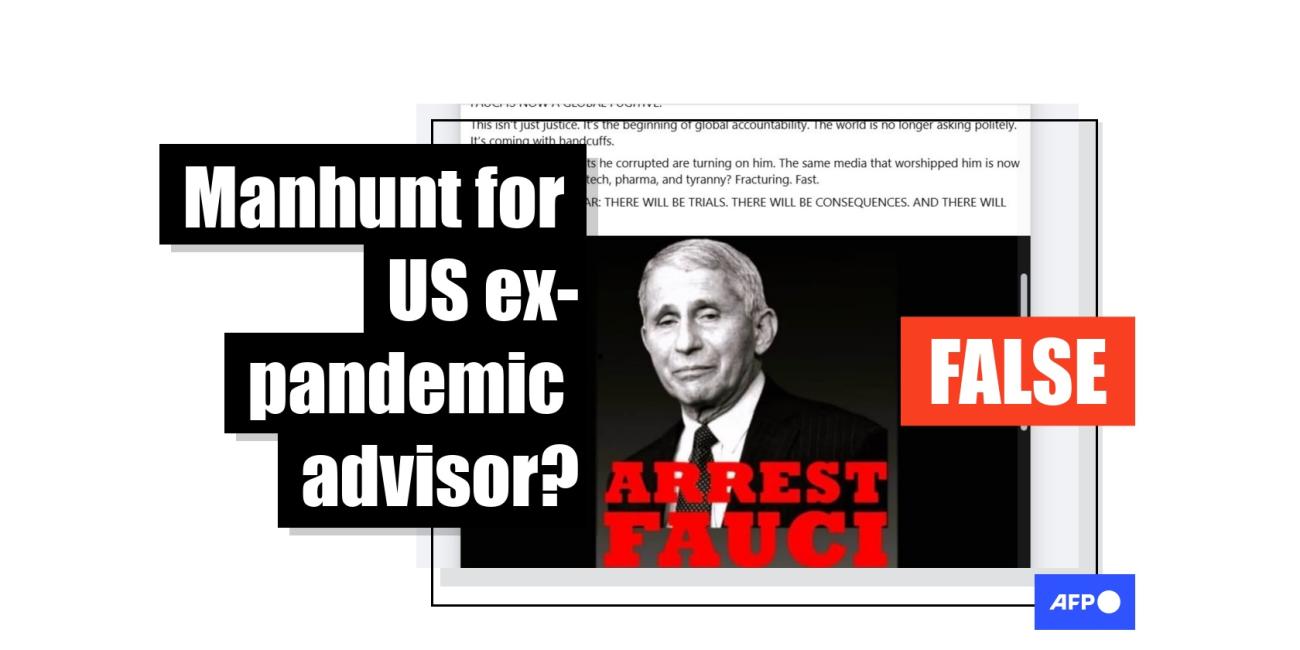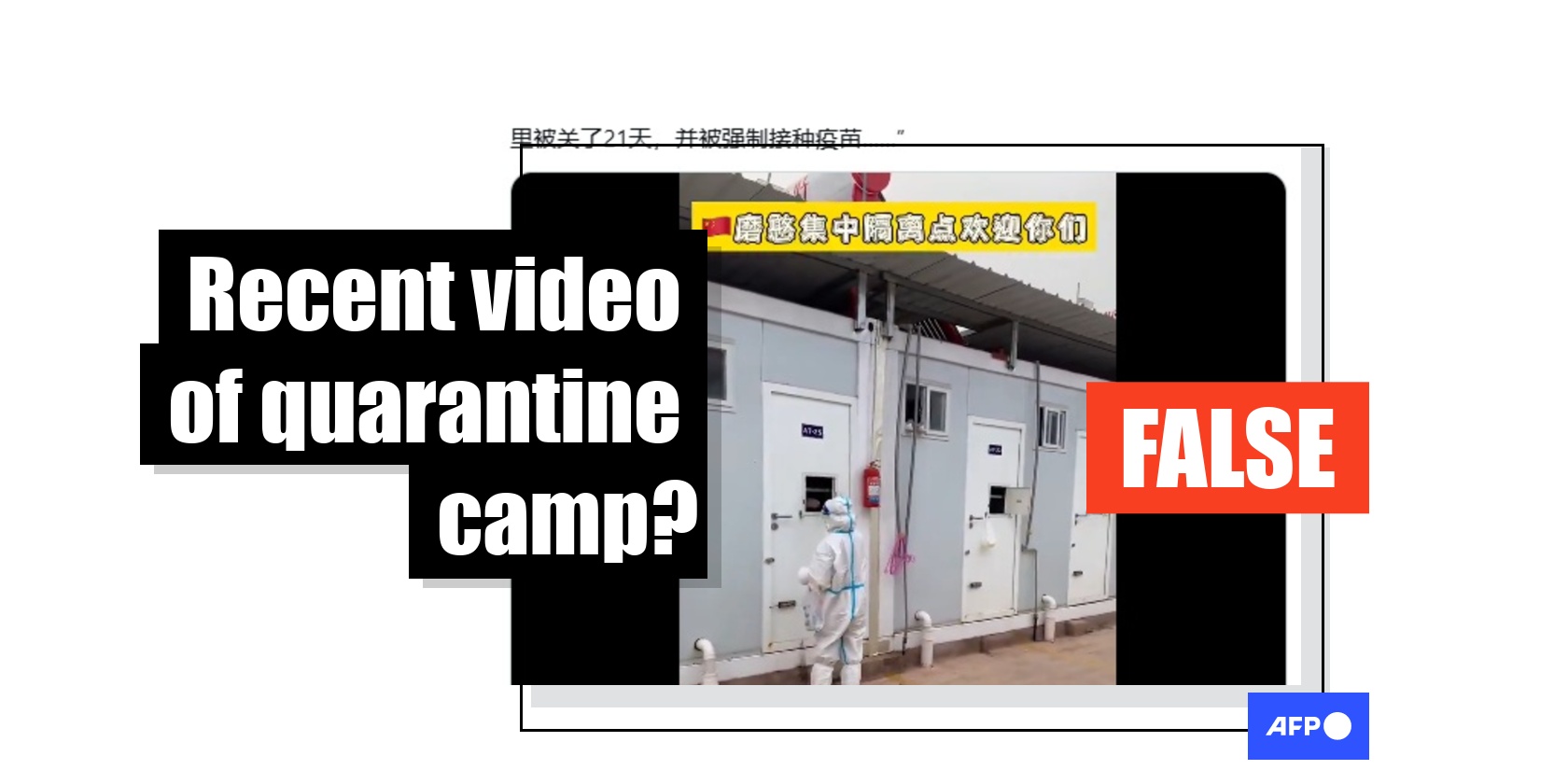
Old clip of Covid-19 facility falsely linked to chikungunya uptick in China
- Published on October 24, 2025 at 08:16
- 3 min read
- By Sammy HEUNG, AFP Hong Kong
China's National Health Commission (NHC) says confirmed or suspected chikungunya patients are required to undergo isolation in the hospital after thousands of cases of the mosquito-borne disease have been reported in 2025 in the country as of September 27. A video shared in social media posts falsely claiming it showed a massive confinement complex in the country was actually filmed at a quarantine camp during the Covid-19 pandemic. The NHC says chikungunya patients are isolated to prevent them from coming into contact with mosquitoes.
"This is surreal," the simplified Chinese X post published on October 13, 2025 reads. "Chinese health officials are conducting a large-scale chikungunya screening. If you test positive, you will be sent to an isolation camp at your own expense. This is a Chinese isolation camp. I was held here for 21 days and was forced to vaccinate."
It also shares a video showing a person in protective clothing going door-to-door to take the temperature of the occupants.
A text overlay on the clip reads, "Mohan quarantine point welcome you all" -- referring to the town in southern China's Yunnan province, which borders Laos.
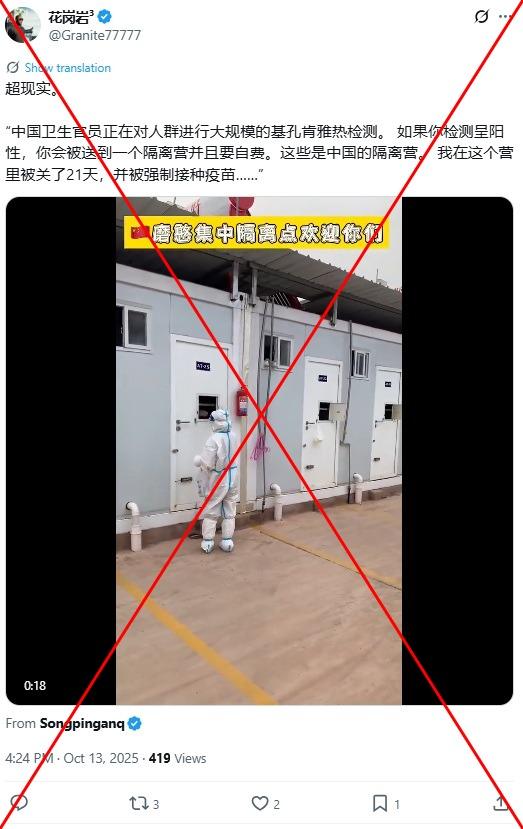
The false video also spread in other X posts in English, Portuguese, Polish and Japanese -- where it has been watched over 3.4 million times -- as well as on Facebook.
The chikungunya virus is transmitted to humans by infected mosquitoes and causes symptoms similar to dengue, like fever and severe joint pain (archived link).
China has reported a spike in cases, with a total of 16,452 locally transmitted cases in the southern province of Guangdong as of September 27, according to the World Health Organization (WHO) (archived link).
The NHC said in its latest chikungunya diagnosis and treatment guidelines published on July 31 that patients or suspected cases are required to undergo isolation in hospitals to prevent contact with mosquitoes (archived link). But there is no mention of a large-scale isolation campaign.
The order can be lifted if the patient's body temperature has returned to normal for more than 24 hours, their test results come back negative, or they have been diagnosed for more than seven days.
While some of China's measures evoke its pandemic strategy when Beijing wielded city-wide lockdowns, lengthy quarantines and travel bans to curb the spread of Covid-19, chikungunya is caused by a known pathogen, is not transmitted via human contact and very rarely proves fatal (archived link).
The commission also said vaccines against the chikungunya disease are not currently available in China.
The WHO said while two chikungunya vaccines have received regulatory approvals in several countries and have been recommended for use in populations at risk, they are not yet in widespread use (archived link).
Old quarantine camp
A reverse image search on Baidu found that the false video was uploaded by a Douyin user in December 2021 with a caption it shows a Covid-19 quarantine camp (archived link).
"The medical staff 'moms' take our temperatures every morning and evening... Fellow compatriots returning from Laos, the Mohan quarantine point awaits your arrival," the user writes in the post that is hashtagged with "Mohan Border" and "makeshift quarantine point".
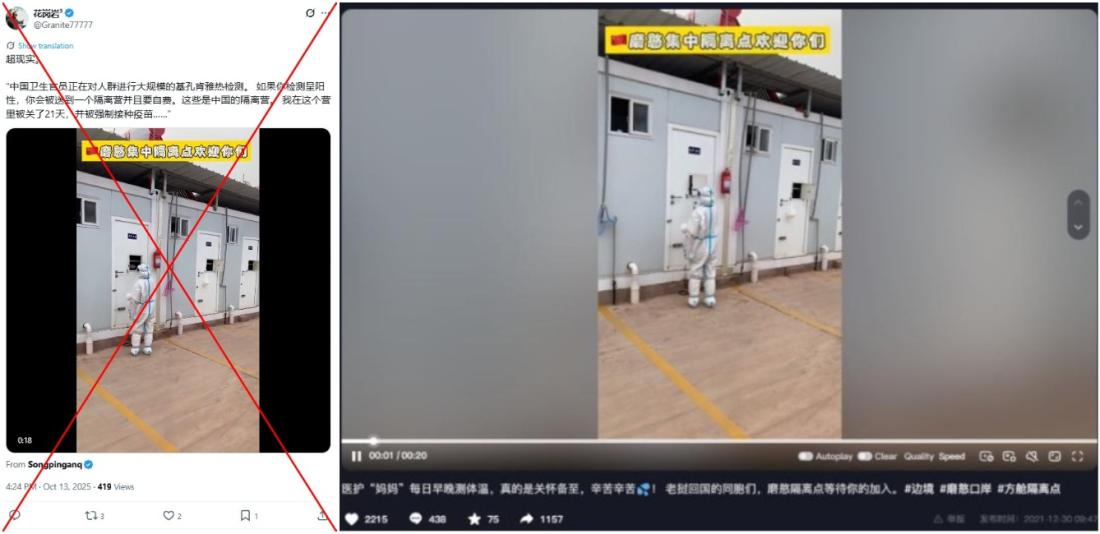
The same Douyin user uploaded another video around the same time showing herself passing through the border and entering the quarantine camp (archived link).
Other clips with captions referring to the Mohan quarantine facilities, uploaded around the same time, show similar structures featured in the Douyin video (archived here and here).
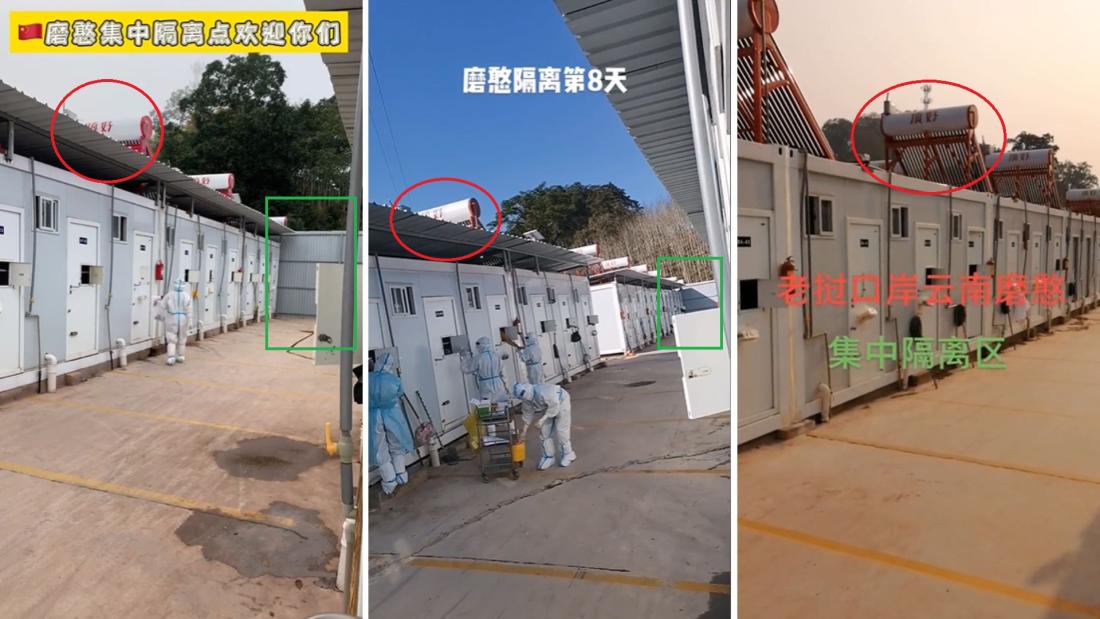
Dr Wilson Lam Wai-shun, the president of the Hong Kong Society for Infectious Diseases, told AFP by phone on October 17 it is not necessary to put chikungunya patients in separate isolation units.
"The main purpose (for isolation) is to ensure the patients are in a mosquito-free environment," he said, adding that hospitals can simply set up a physical barrier to prevent mosquitoes from entering a ward.
"A so-called mosquito-free environment does not necessarily have to be what we have seen in the past, such as a negative-pressure ward for Covid-19 patients."
AFP has previously debunked other false claims about chikungunya.
Copyright © AFP 2017-2025. Any commercial use of this content requires a subscription. Click here to find out more.
Is there content that you would like AFP to fact-check? Get in touch.
Contact us
